Watches as diplomatic gifts find their time has come again
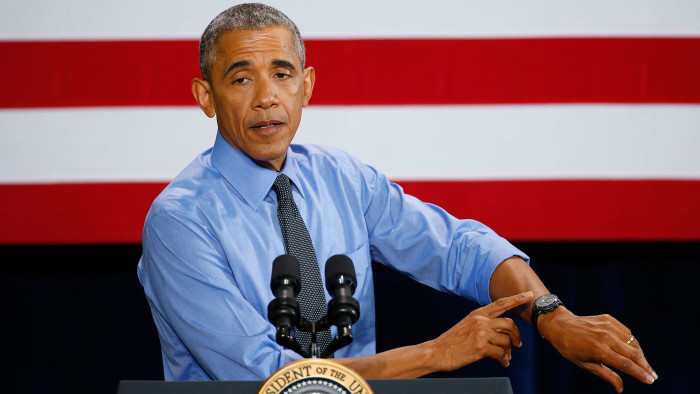
Roula Khalaf, Editor of the FT, selects her favourite stories in this weekly newsletter.
Sir Harold Walker, a former UK ambassador to Bahrain and the United Arab Emirates, was escorting the emir of Qatar in 1960 during a visit to London when he received a valuable gift. “As he stepped on to the train,” Sir Harold says, “his accompanying official handed me a piece of newspaper inside which I discovered the watch as the train left the platform.” The watch was a gold Rolex Datejust.
This sort of present was common in diplomatic circles of the time. “When I started being a diplomat in the late 1950s and worked in the Gulf,” Sir Harold says, “the rule — as I recall it — was that you could keep gifts that were deemed personal.” That is how the watch from Sheikh Ahmad bin Ali Al Thani came into his possession.
Fearful of the appearance of bribery or impropriety, the Foreign and Commonwealth Office has tightened its rules on what staff and ministers can accept. It is not clear whether former UK prime minister David Cameron will be able to keep the customised Shinola watch, with the presidential seal engraved on the back, which US President Barack Obama gave him during a trip to Britain in April.
Now watches from that earlier era — specially customised by manufacturers like Rolex — are experiencing a revival in popularity and fetching big prices at auction. The watches, mostly commissioned by countries in the Middle East, feature details on the dial including national emblems, signatures and portraits, and insignias on the case backs.
Jonathan Darracott, global head of watches at auction house Bonhams, says that earlier buyers did not view these customised features as an attraction and would often replace “diplomatic” dials. But, he says, interest in such watches from the 1960s, 1970s and 1980s has taken off in the past five years. “Now, when things are done by the manufacturer — so when Rolex actually supplied it from their factory with a dial that’s been specially made with an emblem on it — for a rare watch anyway, it just makes it doubly as rare. That’s what people are cottoning on to.”
Prices are keen: models with customised dials sell for double or triple the value of unmodified watches. Bonhams sold a 1977 white gold Oyster Perpetual Day-Date made for the sultanate of Oman, featuring the nation’s emblem — a khanjar dagger on crossed swords — on the dial and on the case back, for £32,500 in December, 2014. Mr Darracott says similar watches with a regular dial typically achieve £10,000-£15,000.
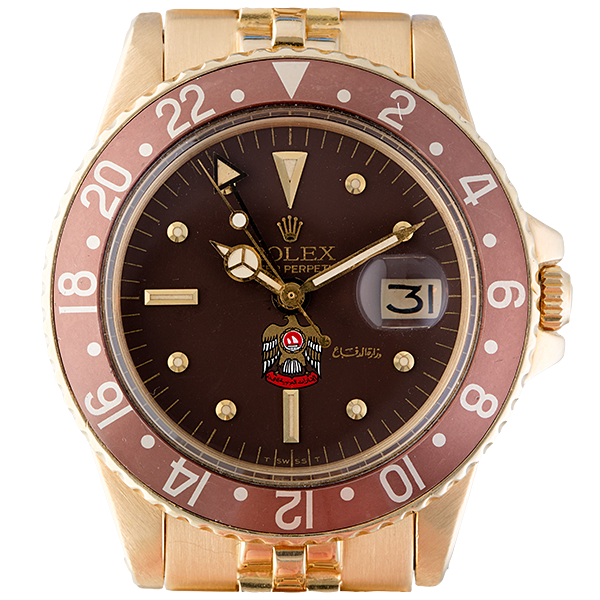
A 1973 gold Rolex GMT-Master reference 1675, with the UAE’s crest and the signature of Sheikh Mohammed bin Rashid al-Maktoum, made for the ministry of defence, achieved SFr167,000 (today $171,000), against an estimate of SFr40,000-SFr60,000, at a Phillips sale in November 2015.
Countries gave Swiss watches, predominantly Rolex, because they were the “best of the best”, says Mr Darracott. “There are no Saudi Arabian watchmakers so they couldn’t give from their own country something like that and it’s a piece of luxury.”
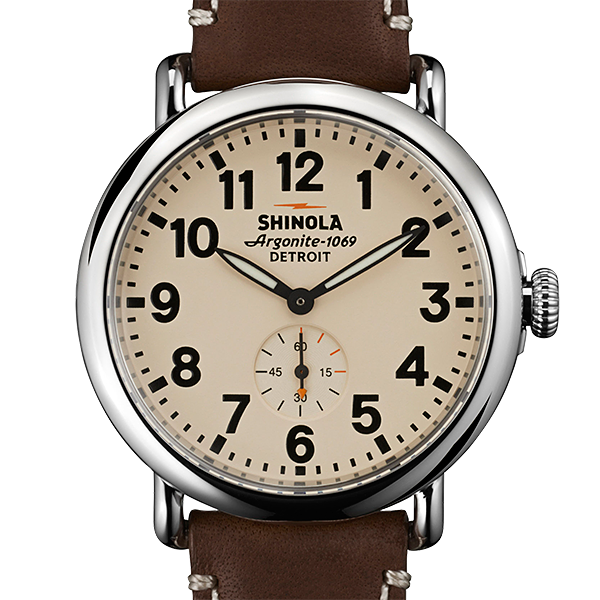
Recipients of this type of watch, usually given in recognition of diplomatic relationships or services rendered (which “services” exactly is cloudy), came from all over the world and included dignitaries, ambassadors, military attachés and people working in the oil and construction industries.
British jeweller Asprey supplied bespoke watches to royal and governmental clients, mainly from the Gulf states and east Asia, between the early 1970s and the late 1990s. Then, according to Stephen Eaves, Asprey’s export director, the trend declined, although he cannot be certain why this was.
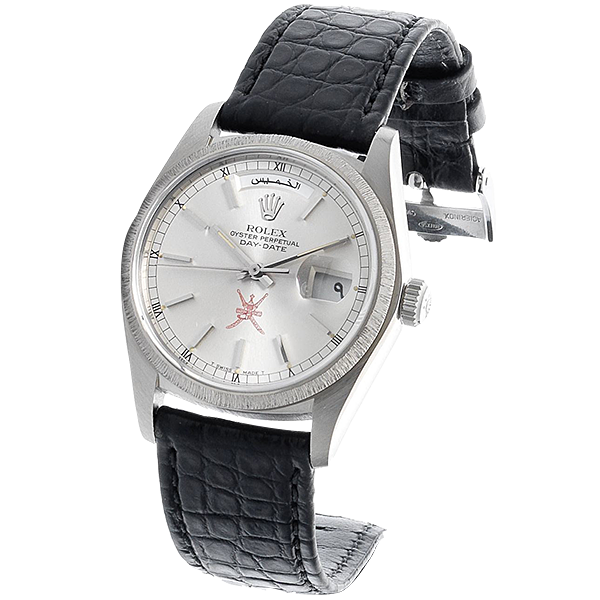
In May, Phillips sold four watches with the khanjar emblem on the dial — an Audemars Piguet Royal Oak A-series, a gold Rolex Submariner, a gold Rolex Cosmograph Daytona and a white gold Patek Philippe “Jumbo” Nautilus — made in the 1970s for the sultan of Oman, himself a keen watch collector. “If you’ve got a khanjar on the dial from this sort of period without ‘Asprey’ on the back, it’s not as desirable to collect,” says Paul Maudsley, international specialist director of watches at Phillips.
European companies taking early timepieces as gifts to the Ottoman Empire and China on trading trips in the 18th and 19th centuries may have sparked the trend for giving watches and clocks in royal and diplomatic circles, Bonhams’ Mr Darracott suggests. “They are not common . . . but they tend to survive because people have an interest in something when it’s got a royal connection.”
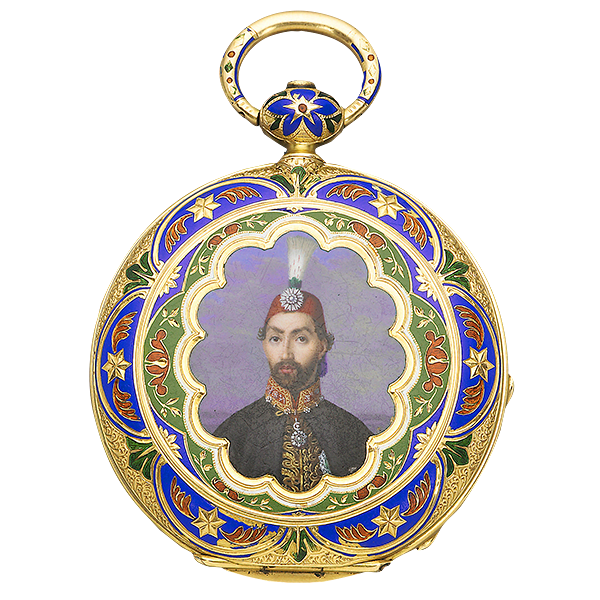
The tradition of giving timepieces continues. As well as two 1980s Rolexes made for the UAE and the prime minister of Bahrain, Christie’s rare watches sale in Geneva in May included five Rolexes, with case backs engraved with the khanjar emblem, made for the sultanate of Oman within the last five years. Three failed to sell, however.
Rolex no longer personalises dials but would not comment as to why.
Watches are not always the most diplomatic gift, however. Baroness Kramer, then one of the UK’s transport ministers, apologised last year after giving Ko Wen-je, the mayor of Taipei, a watch. She did not know giving timepieces is taboo in Chinese culture because it suggests, for the recipient, that time is running out.
Comments